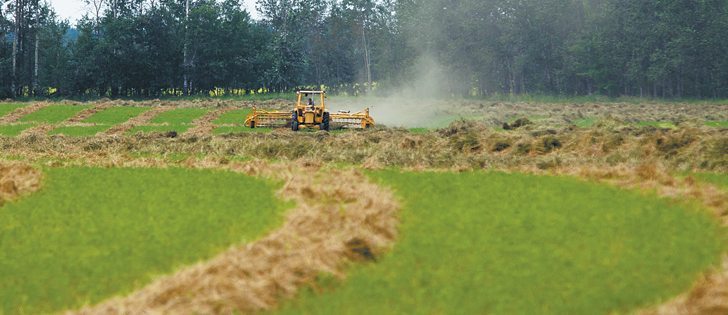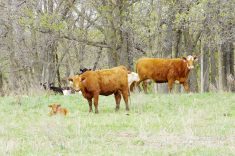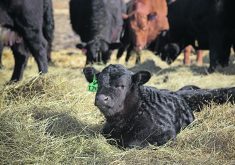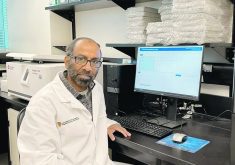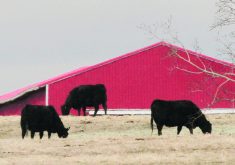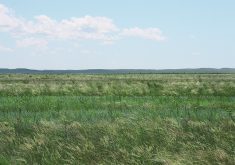U of S forage chair appointed | Provincial, federal governments commit $1.25 million to forage research over two years
MOOSE JAW, Sask. — Saskatchewan’s beef industry has applauded the announcement of a forage research chair at the University of Saskatchewan.
Cattle producers and other industry stakeholders have lobbied for more forage research for several years.
Provincial agriculture minister Lyle Stewart told the recent Saskatchewan Stock Growers Association convention that the province and Ottawa would cost share the $1.25 million chair over the next five years.
“The forage chair will focus on forage breeding with an emphasis on developing new forage varieties with improved yields,” Stewart said.
Read Also
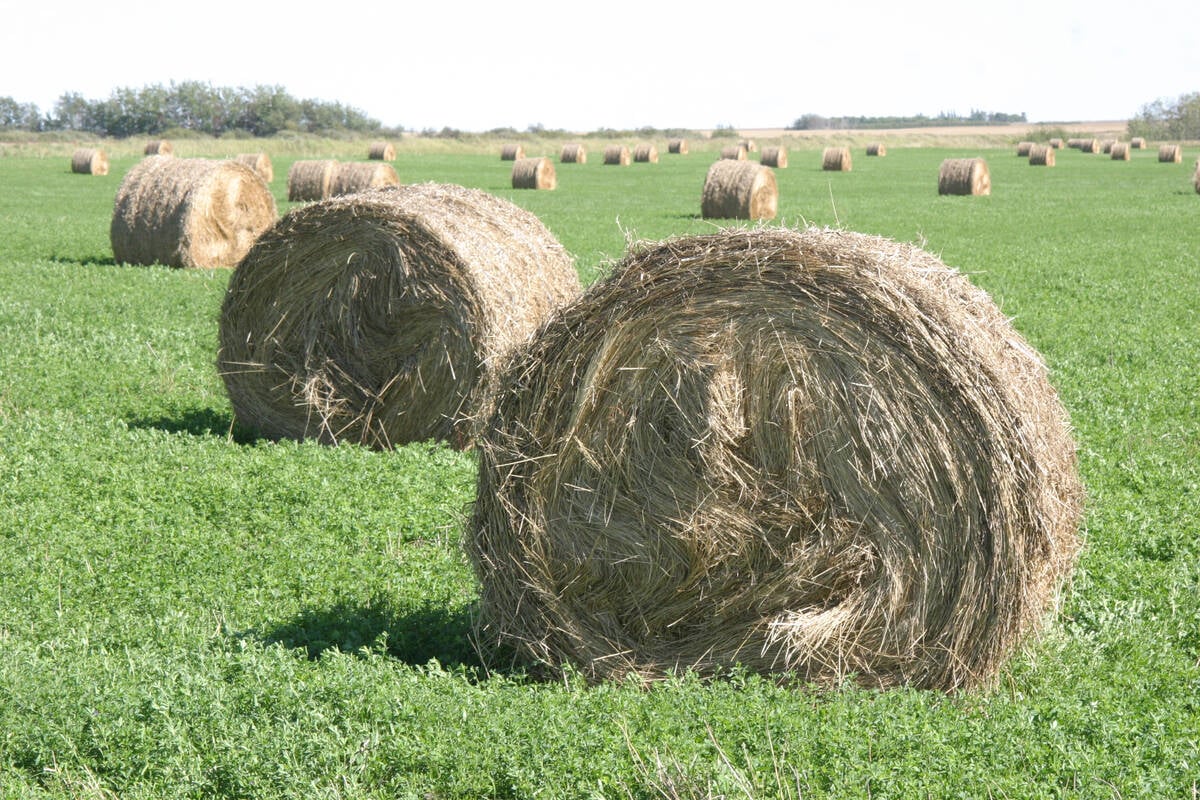
Breaking down successful winter feeding into six steps
It’s that time of year when it is important to start planning for a cow herd’s winter feeding program. Here are six steps I think are necessary to consider when getting your feed tested.
Paul Jefferson, vice-president of operations at the Western Beef Development Centre and a former forage researcher with Agriculture Canada, said Canadian producers need better yields to remain competitive.
He said research in Canada hasn’t focused enough on forages in the last 20 years, ever since the federal government reduced its efforts and yields became less of a priority.
“In my opinion, we focused for a long time on forage quality and selecting for characteristics that producers haven’t been as excited about as yield,” he said in an interview.
“One of the issues with a lot of perennial forages is that selecting for forage yields is a difficult process. It’s a low heritability trait and it takes some time to select for and improve.”
Jefferson said a Canadian Cattlemen’s Association review of industry needs two years ago confirmed concern that corn silage yields have continued to increase while barley silage yields haven’t kept pace.
However, he warned that current breeding technologies can’t achieve big yield differences quickly.
“It’s going to be a bit of a long haul, but there’s always the potential that new tools could be brought into play in the breeding effort that would shorten that period up,” he said.
The competition for acres has been another challenge, considering that crops such as canola return so much more per acre than hay.
“A lot of us in the research community have been pointing out we’ve got to pay attention to the fact that hay yields have to be competitive with other crops and the crop alternatives in order for those hay acres to stay in and be profitable,” he said.
Jefferson said a five-year chair is only a start. The province’s strategic research program supports 15 agricultural chairs at the U of S and the beef development centre. He said some of the most successful chairs have been in place for 15 years or more.
SSGA president Harold Martens and Saskatchewan Cattlemen’s Association president Mark Elford welcomed the announcement, which was a recommendation in the beef, feed and forage review conducted last year. They said forages are critical to their productivity and profitability.
Saskatchewan Forage Council president Aaron Ivey said the council looked forward to working with the chair.
Jefferson said the support from the beef industry is key.
“When Ag Canada did their review in 1995, they said that industry wasn’t concerned about (then) cuts to the forage program,” he said.
“Today, I think the industry said very loudly and clearly that they support forage breeding research.”
Forage research does take place at the federal research centre in Leth-bridge, while Bruce Coulman of the U of S runs a program with Agriculture Canada.
Stewart agreed that forage breeding is “probably the one area of research that hasn’t been properly addressed over the last number of years.”
Jefferson said the right person in the research chair could revitalize forage breeding research by attracting new graduate students.


